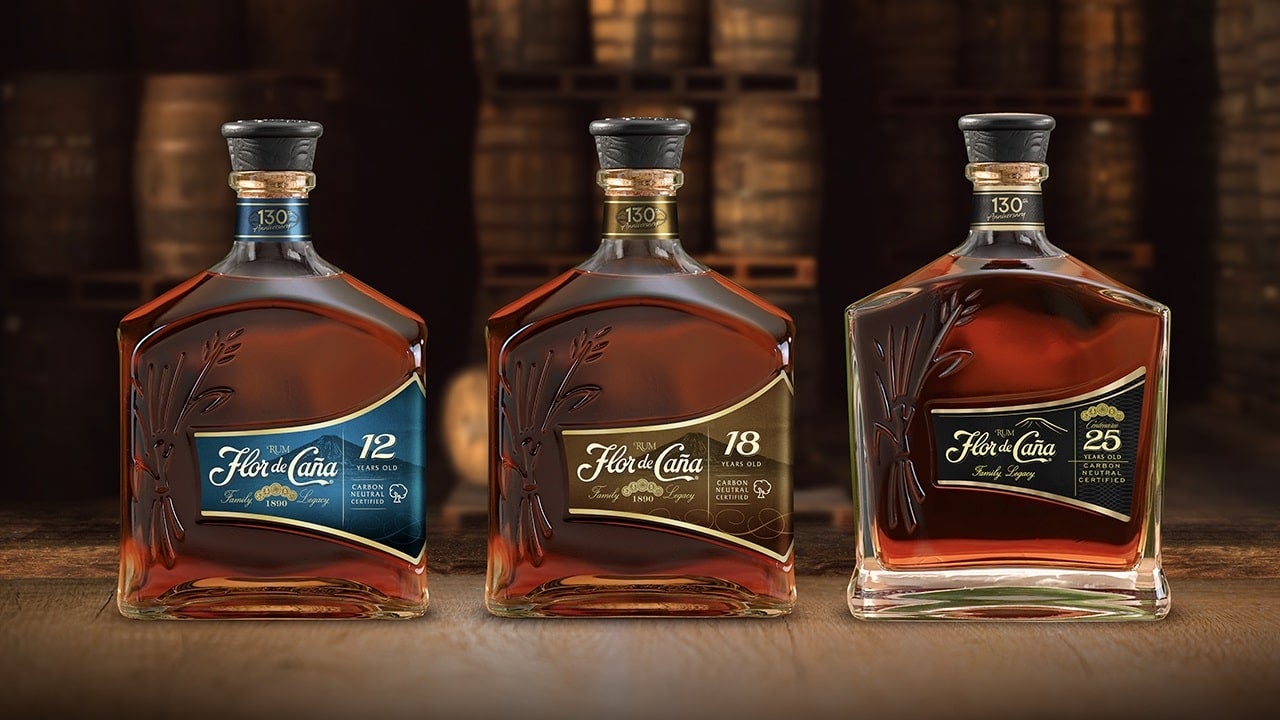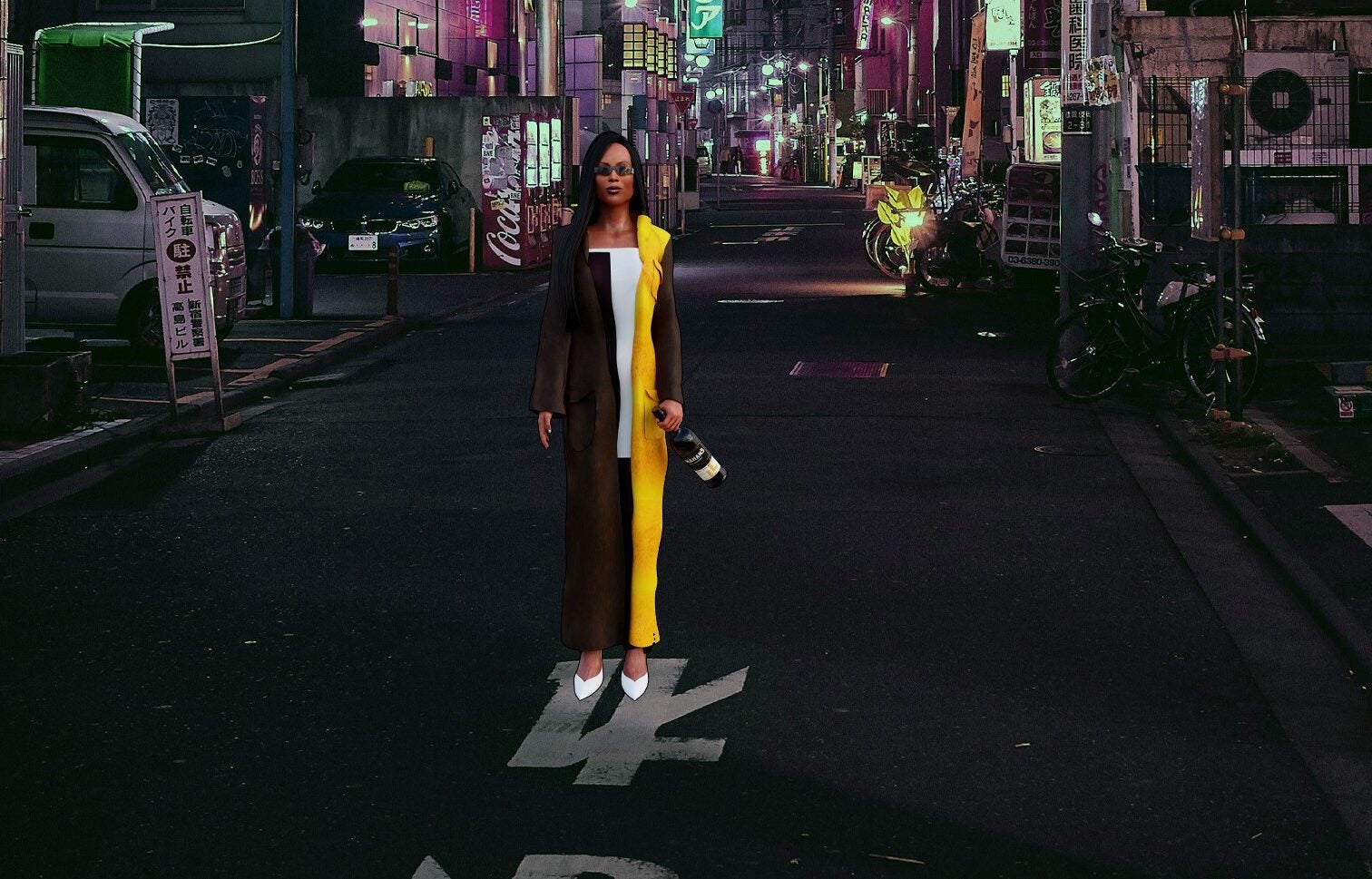
Now, 266 pairs of bald eagles nest in pennsylvania. This has continued into 2019. Watch popular content from the following creators:
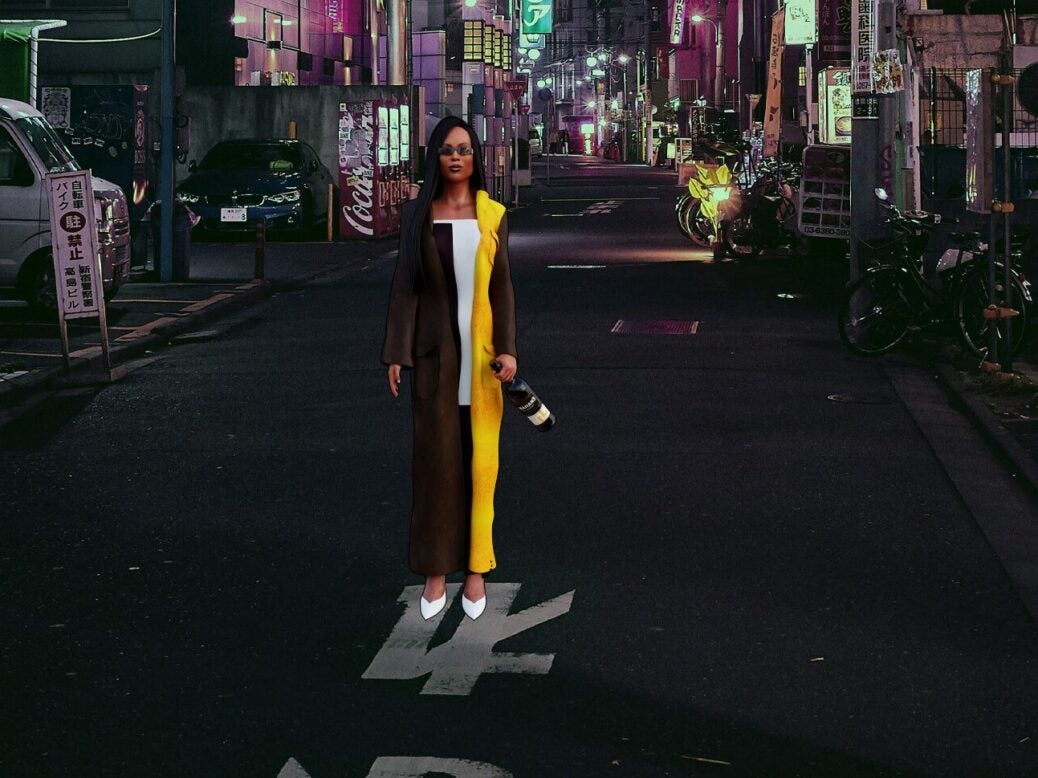
Meet Florence. She is bold, resilient and hardworking. She is very determined and never afraid of a challenge. Florence loves rare, handcrafted, collectable objects and unique pieces of art. She works for Kinahan’s whiskey and says she has an attitude “because I have earned it”.
The problem is Florence doesn’t exist – not in a physical sense anyhow. She is a digital brand ambassador for the whiskey brand and she lives in Kinahan’s Meta World, a virtual reality experience created in the metaverse.
In Kinahan’s Meta World, whiskey fans can learn more about the brand’s products in a more experiential way from Florence and the other digital brand ambassador avatars the company has created, as well as buy, win or pre-order Kinahan’s 3D-, AR- and VR-enabled digital merchandise, such as NFTs.
Kinahan’s is among the drinks brands at the forefront of marketing in the metaverse. It believes that over the next decade or so – maybe sooner – the metaverse will play a vital role in how brands across all sectors interact with consumers.
So which drinks brands have experimented in the metaverse so far, how might they use the technology in the future – and what actually is it?
Tackling the last question first, Rupantar Guha, project manager for thematic intelligence at GlobalData, explains: “The metaverse is a virtual world where users share experiences and interact in real-time within simulated scenarios.”
He says brands from the beverage sector are entering the space to engage with existing users and attract new customers. “These brands are experimenting with gamified content, virtual concerts, and non-fungible tokens (NFTs) for customer engagement. Their target audience is Generation Z, a digitally savvy cohort that is typically difficult to reach via traditional advertising channels.”
Brands testing the metaverse waters
Many of the world’s leading drinks brands have already launched marketing initiatives in the metaverse. Last year, The Coca-Cola Co. started offering branded NFTs and, earlier this year, it launched its first digital drink: Coca-Cola Zero Sugar Byte. The drinks giant is also working with gaming firm PWR to create Pixel Point, a custom-built island inside Fortnite.
In March this year, almond-milk brand Almond Breeze launched a collection of 1,000 free NFTs. And, last month, PepsiCo and its Mtn Dew brand joined forces with esports brand NYXL and the Call of Duty League to host a live watch fan event party for the New York Subliners in a branded virtual space in Decentraland – a 3D virtual world platform. PepsiCo said the event was just the first in a series of “Web3” activations from its Demand Accelerator and its PepsiCo Labs unit, as the company “continues to explore new ways to connect with consumers”.

Alcoholic drinks brands also see the metaverse as a major opportunity. Many are using the virtual space to educate users about how their drinks are produced.
“For example, Heineken has launched virtual beers produced at its virtual brewery on Decentraland,” Guha says. “Jose Cuervo is also building a metaverse distillery on Decentraland to showcase its production process. Similarly, Diageo is developing a virtual branded plaza that will feature virtual socialising, exclusive virtual cocktails, custom virtual wearables and mixology kits that users can try at home.”
In terms of the latter, over the last few months, Diageo brands’ Johnnie Walker and Captain Morgan hosted virtual happy hours and experiences at the world’s first NFT conference, participated in Decentraland’s Metaverse Fashion Week – and Johnnie Walker released its first NFT collection in collaboration with artist BossLogic that sold out within ten minutes of the auction going live.
A spokesperson for Diageo explains: “As well as developing our own channels, we are working to understand where consumers are going to be socialising, shopping and interacting one, five, and ten years from now and exploring what the next generation of virtual brand experiences may look like. We’re testing, trialling and learning to make sure our brands remain relevant.”
Another beverage alcohol major experimenting in the metaverse is Pernod Ricard with its Maison Martell Cognac brand. Later this year, it intends to launch Martell World in The Sandbox – a decentralised, community-driven gaming platform – which will allow visitors to “get closer to the brand than ever before through unique and immersive digital interactions”.
“Visitors to the Martell World will have the opportunity to discover Maison Martell first-hand and unearth the secrets of its famous Cognacs, as well as open the virtual doors to the exclusive Martell château, a location that has previously been closed to the public,” says Richard Black, the marketing director at Maison Martell.
“Features will include unique games and challenges, a marketplace for limited editions and collectible NFTs. We have chosen to launch in The Sandbox as it offers an innovative and exciting platform to deliver engaging and meaningful experiences to consumers.”
Is there revenue potential?
For now, many of the brands that have launched initiatives in the metaverse have been using the virtual platform as a marketing tool rather than a revenue generator but Guha believes this could change in the future.
“With forecasts suggesting that the market for new NFTs will surpass $30bn in 2022, more brands will adopt it as a gateway into the metaverse and a new revenue stream,” he says. “While there is no evidence yet of real-time returns for brands in the metaverse now, they are betting on the ongoing NFT craze. These brands are bringing NFTs and the metaverse to consumers’ attention and aiming to generate returns in the long run.”
Guha points to an Accenture survey of more than 11,000 consumers in 16 countries undertaken earlier this year. It revealed 64% of respondents had purchased a virtual good or taken part in a virtual experience in 2021.
“The survey also found that 42% of respondents had visited a retailer in the virtual world to get advice, make a payment, or browse a product when buying a physical item, while 56% planned to do it in 2022,” Guha says.
“These stats suggest that the metaverse will allow brands to blend their digital and physical presence and engage with customers. The consumer interest in the emerging metaverse indicates that the theme is not a fad. In fact, as the metaverse gains users, more brands will race to profit from it with novel advertising and revenue models.”
The visitors are not there and they’re not going to be there in the immediate future
Kinahan’s managing director Zak Oganian
That’s what Zak Oganian, managing director at Kinahan’s, hopes Florence and her fellow band of digital drinks ambassadors will help the company achieve. He sees a big opportunity to reach more consumers via the metaverse and generate revenue through sales of digital merchandise like NFTs.
However, he says Kinahan’s will continue to use the brand’s activity in the metaverse as complementary to its traditional, physical marketing campaigns, such as in-store activations like masterclasses and tastings because, at the moment, there just isn’t enough virtual footfall in the metaverse.
“They [visitors] are not there and they’re not going to be there in the immediate future, for sure,” says Oganian. “In the best-case scenario, it is going to take five years, in the worst-case scenario it could be 25 years, which is unlikely because technologies are moving so fast.”
Although he is convinced the metaverse is not a passing fad that will fizzle out once the initial fervour surrounding it has died down, he sees one of the biggest obstacles to the growth of these virtual universes being a lack of footfall.
While footfall levels remain relatively modest, Oganian can’t see the larger drinks brands investing sufficient sums of money into developing their presence in the metaverse in the same way some of the more fleet-of-foot SME brands like his own have done.
“This is no walk in the park,” Oganian says. “At this stage with all of these technologies, whether it’s NFTs, the metaverse, virtual reality, augmented reality, it is all trial and error. Decisions need to be made fast and mistakes need to be made so that even faster adjustments can be made. But it is very hard for big companies to experiment and do this because, by the time the decision-making process goes through the chain of command, the whole blockchain, NFT and metaverse trend will have already shifted. Change is literally happening on a monthly basis. So, because of that, I think they [big drinks brands] will opt for a little bit more of marketing stance.”
As long as that remains the case, there is a significant opportunity for more nimble drinks brands to roll out virtual experiences in the metaverse and establish whether or not concepts such as digital ambassadors like Florence can not only drive brand awareness, but also drive sales.
bold stance fortniteRelated Companies
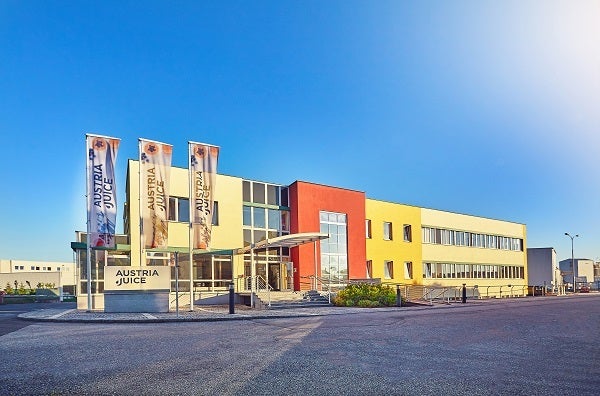
AUSTRIA JUICE
Global manufacturer of fruit juice concentrates, flavours and beverage bases
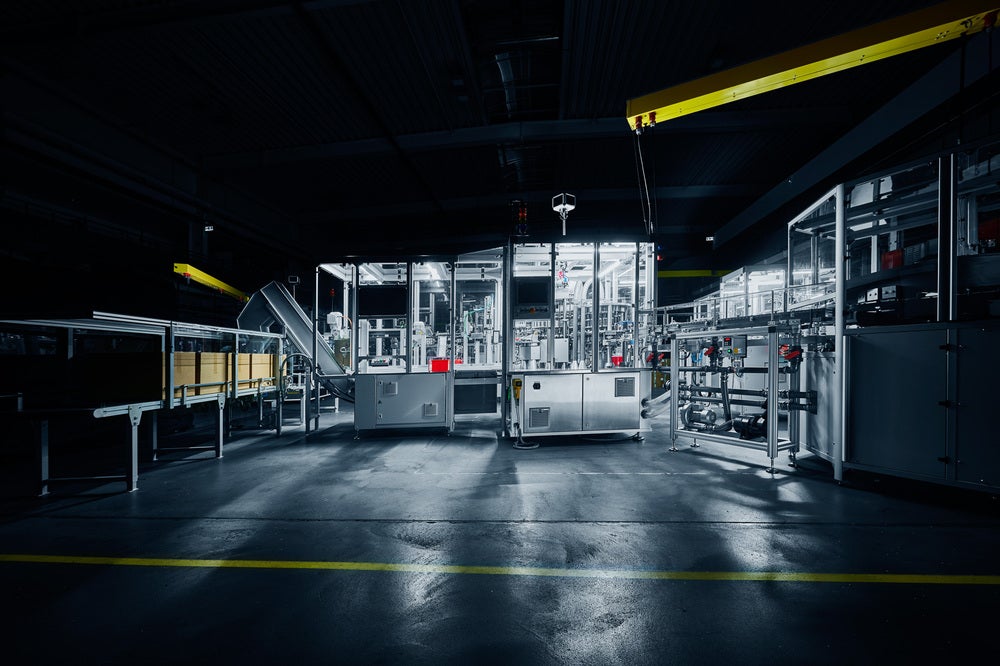
Contexo
Innovative Assembly Machines
